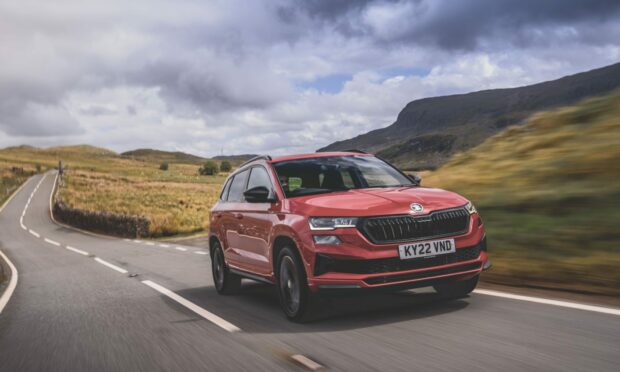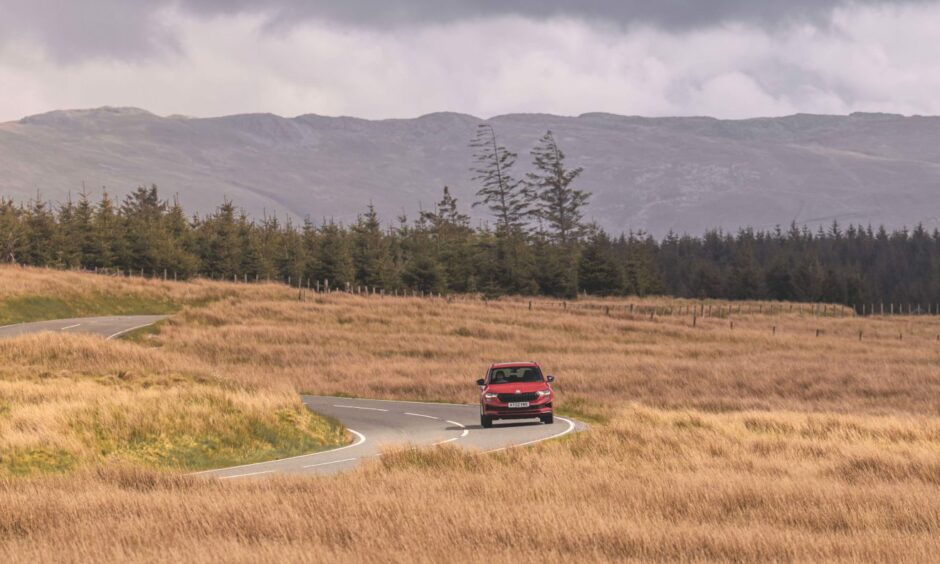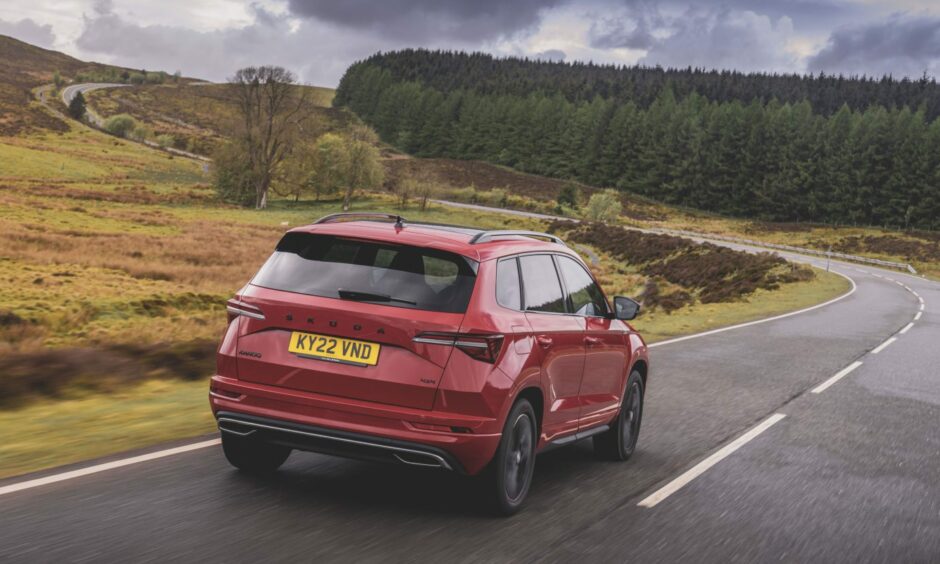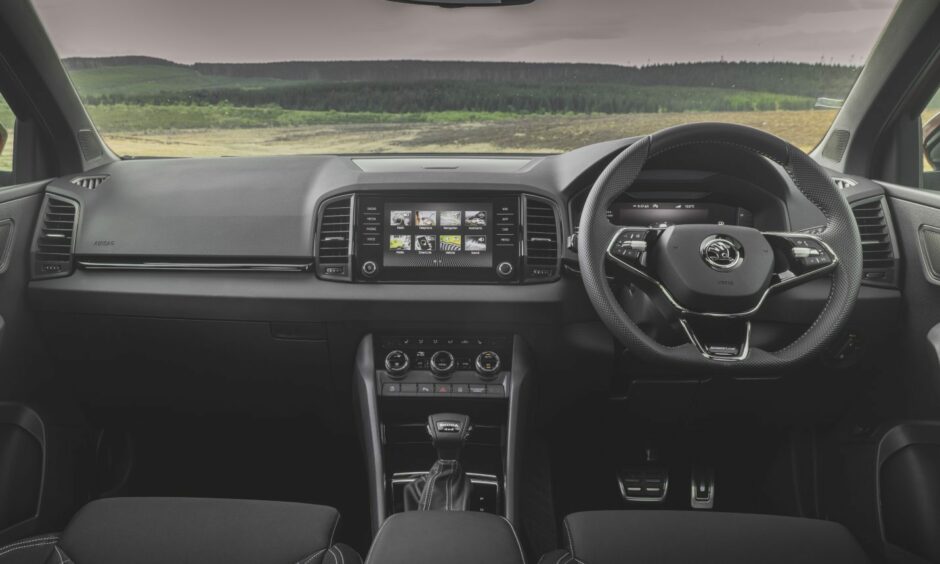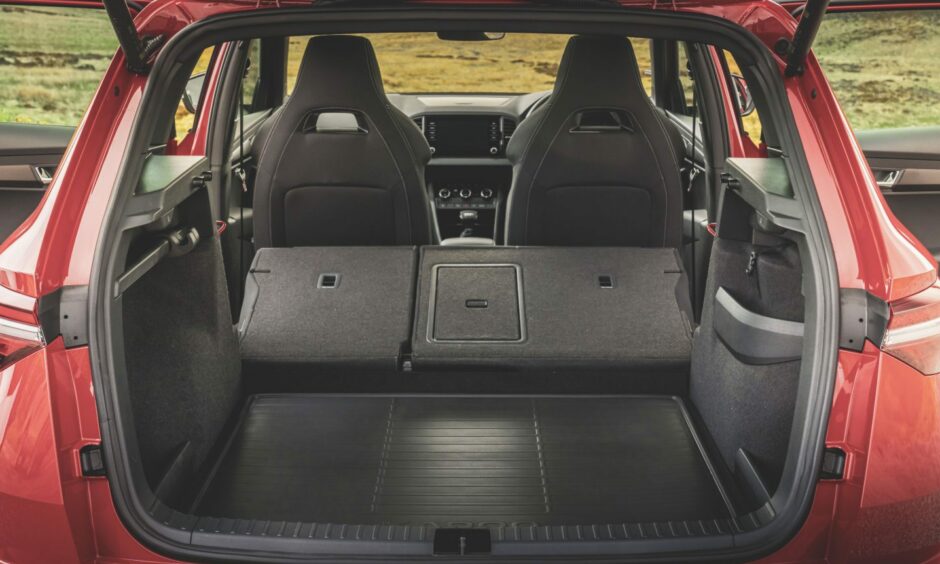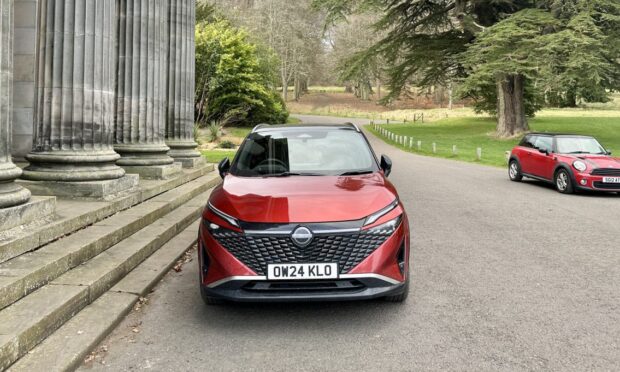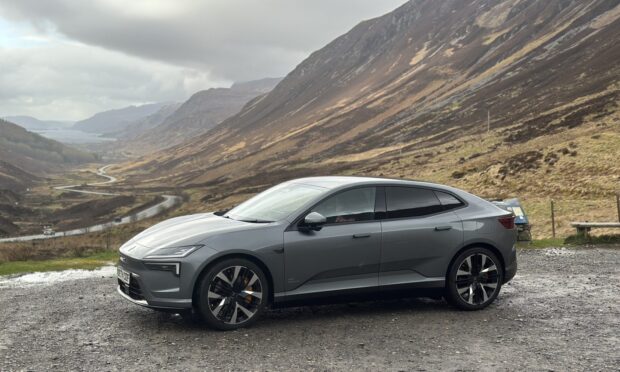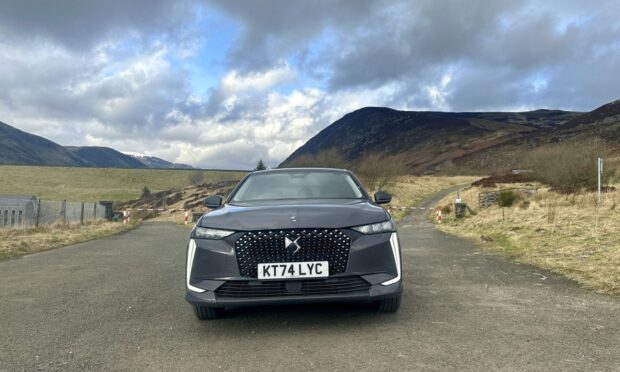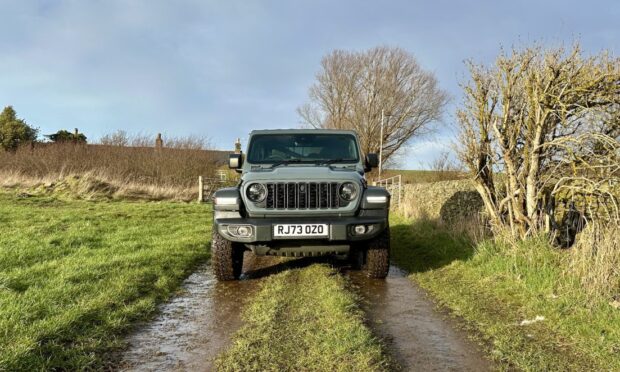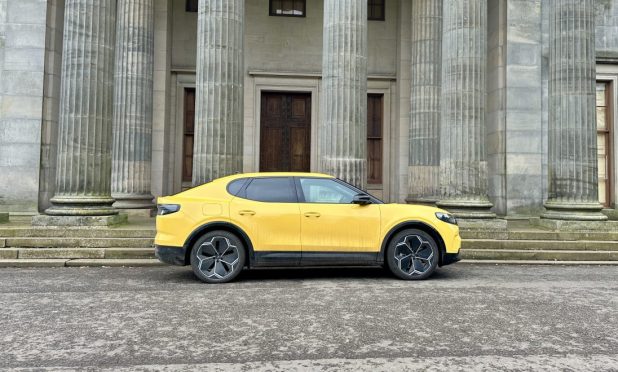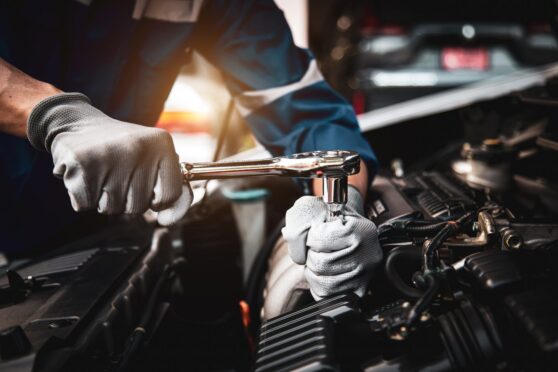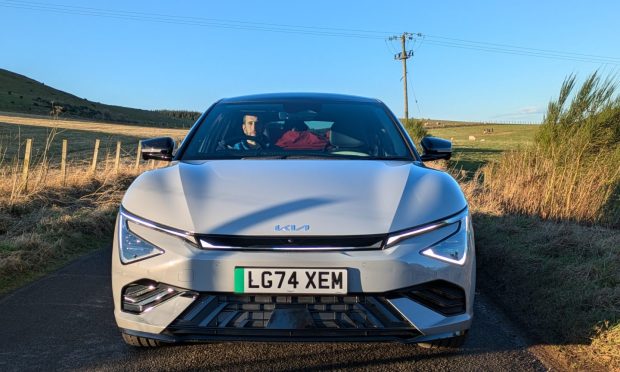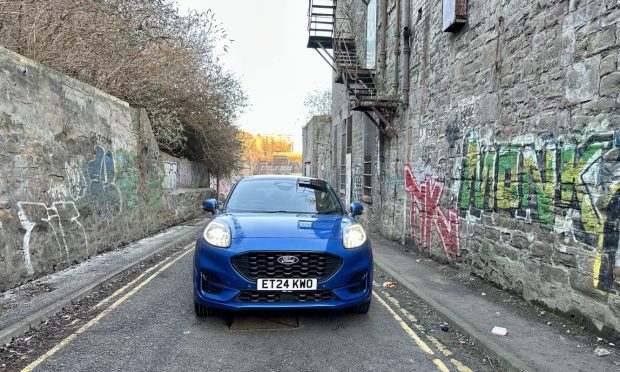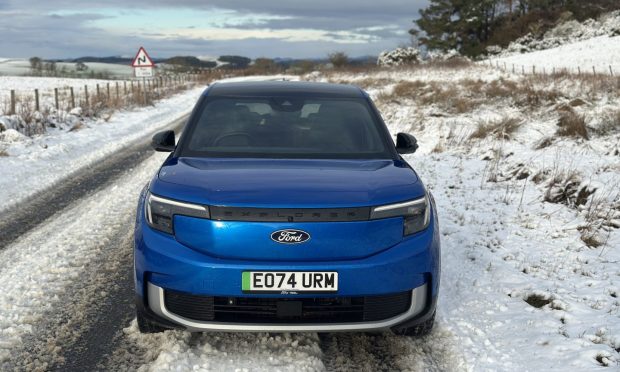The Skoda Yeti was one of the first small family SUVs. Indeed, I was on the launch of it at Loch Ness way back in 2009.
Spacious, practical and with more off road ability than you might expect, it was a good car. Its ungainly looks weren’t for everyone though and in 2017 it was discontinued.
Its replacement is the Skoda Karoq. Larger than the Yeti and with far less divisive looks, it’s been a big hit, with more than half a million sold worldwide in its first four years.
Last year saw the Karoq given a mid-life facelift, with exterior design tweaks, an updated interior, better efficiency and more technology.
The basics remain the same, however, and that’s a good thing. The Skoda Karoq is one of the most spacious SUVs in its class. There’s plenty of room for passengers, versatile seating options, and a very big boot.
Engine options
Under the bonnet you have a choice of 1.0, 1.5 and 2.0 litre petrol engines and a 2.0 litre diesel with two output options, 114 and 148bhp.
Mid and high spec versions of the Karoq are available with four-wheel drive but it’s not meant for proper off roading and the vast majority of models are front-wheel drive.
People living in rural Scotland might want to go for the all-wheel drive model for extra confidence during the winter months, however.
You can choose from a six-speed manual or a seven-speed DSG automatic gearbox.
Entry level SE Drive versions start at below £28,000. There are also SE L and Sportline models, with top whack for a Karoq being around £38,000.
I drove a 1.5 litre petrol model in mid-spec SE L trim with automatic transmission. With most of the kit you would need and a £32,000-ish price tag it’s probably the sweet spot of the range.
It comes with keyless entry and start up, all round parking sensors and a rear view camera. You also get Skoda’s clever VarioFlex seats, which can be slid forwards or back to prioritise passenger or boot space and can even be removed altogether to create a van-like cargo area.
Ride and handling
Ride quality is excellent, with the suspension smoothing out bumps and ruts nicely. Good sound insulation means even at 70mph the interior is a peaceful place to be. Sitting on the A90 to Perth with a full complement of passengers it was easy to converse without raising our voices.
Skoda have manage to engineer the Karoq to offer decent handling as well as comfortable suspension. Accurate steering and body roll only becomes apparent during pretty hard cornering.
The 1.5 litre petrol engine develops 148bhp and will get from 0-62 in a respectable 9.1 seconds. Official economy is in the mid-40s and I got around 39mpg over a week of mixed driving.
For the most part the seven-speed DSG gearbox goes about its business smoothly. I found it would occasionally catch a little at low speeds but it was pretty minor and didn’t hinder my enjoyment of the car.
Practicality
One of the best reasons to buy a Karoq is its interior space. With plenty of leg and head room in both the front and rear and you can easily fit four six footers inside it. A 521 litre boot leaves plenty of room for luggage as well. Very few similarly sized SUVs can match the Karoq for interior space.
The cabin is smartly laid out with a touchscreen for infotainment and user-friendly dials and buttons for heating controls.
People looking to buy family SUVs are spoiled for choice right now. The Mazda CX-5, Hyundai Tucson, Ford Kuga and Kia Sportage are all excellent options.
The Skoda Karoq has a broad enough range of talents – particularly when it comes to practicality – to ensure it’s one of the very best models in its sector.
Facts
Price: £32,165
0-62mph: 9.1 seconds
Top speed: 130mph
Economy: 45.9mpg
CO2 emissions: 139g/km
